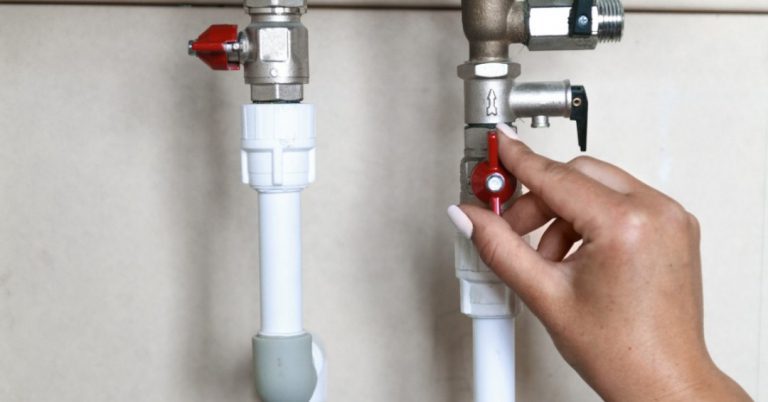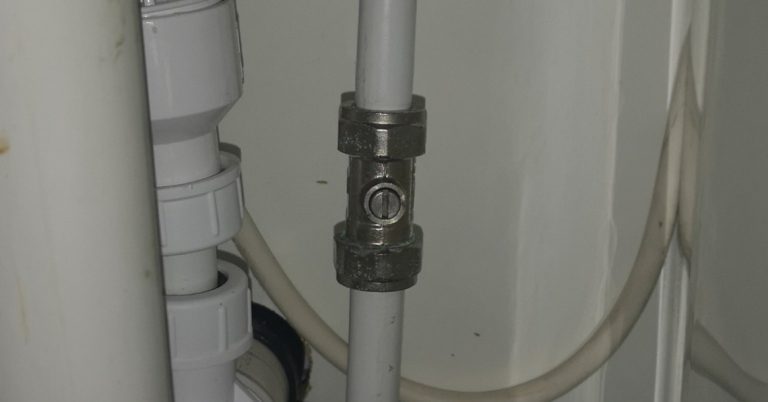How Can I Locate My Internal Stop Tap?
- Home
- >
- Help & Advice Centre
- >
- How Can I Locate My Internal Stop Tap?
An internal stop tap, otherwise known as a stop valve or stop cock, allows you to shut off the water supply within your home. During a plumbing emergency, such as a pipe burst, knowing the location of your internal stop tap can help you mitigate the water damage to your property.
 What Does an Internal Stop Tap Look Like?
What Does an Internal Stop Tap Look Like?An internal stop tap looks like a regular tap but with one key difference. Taps have an outlet spout, which enables water to come out of one end. Internal stop taps don’t have this.
Also, your stop tap will be located between two lengths of pipe that act as a connector to allow the stop tap to block water flow when it’s turned off.
Your internal stop tap is usually located underneath your kitchen sink. However, there are a few other places where you may find it.
These include:
It’s important to find your stop tap when you first move into a property so you’re prepared should any problems with leaking pipes occur.
Once you’ve located your internal stop tap, to turn it off, rotate the valve clockwise. This will close it and prevent water from flowing through the pipes. When turning your stop tap off or on, you should always rotate the valve slowly. Never force it. If you over-tighten it or use unnecessary force, you could damage the valve.
Once turned off, there may still be remaining water in the system, opening all taps will drain any remaining water within the pipework. It may take a few minutes for the water to stop running altogether.
To turn your water back on, turn the valve anti-clockwise.
 Do You Have to Turn off the Water Supply to the Whole House?
Do You Have to Turn off the Water Supply to the Whole House?If the pipework leak is subject to a single appliance, then you may only need to isolate the water to that appliance.
For example, if you know the issue is isolated to your upstairs bathroom sink, you will want to isolate the water flow to this single appliance rather than shutting off the water to your entire house. Each water appliance should have an isolation valve.
Isolation valves require a flat-headed screwdriver to operate. To shut the isolation valve, you will need to insert the screwdriver into the slot and rotate clockwise so it lines up horizontally to the valve. To open the valve back up, insert the screwdriver and rotate it counterclockwise so the slot lines up vertically to the valve.
At Metro Plumb, we’ve got a team of expert plumbers readily available, day and night, to support you with all your emergency plumbing needs. Regardless of the issue, whether it’s a burst pipe, leaking toilet, or anything in between, Metro Plumb has got you covered.
Find your local Metro Plumb by visiting our find a local plumber page.